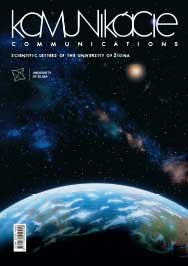A Statistical Analysis of the Effectiveness of Selected Methods in the Teaching of Mathematics
A Statistical Analysis of the Effectiveness of Selected Methods in the Teaching of Mathematics
Author(s): Lýdia Kontrová, Tomáš Lengyelfalusy, Dana LengyelfalusyovaSubject(s): Education, Methodology and research technology, Pedagogy
Published by: Žilinská univerzita v Žilině
Keywords: pedagogical experiment; teaching method; information technologies; qualitative research; contingency coefficient; one-factor dispersion analysis; Duncan's multiple range test;
Summary/Abstract: We present the results of pedagogical experiment, which has verified the effectiveness of three teaching procedures used to teach selected units of secondary school mathematics. The primary experiment was preceded by a pilot survey realized among 200 first-grade students of the University in Zilina. The aim of the survey was a determination of the degree of contingency between two qualitative signs: the level of understanding mathematics and the teaching style in the teaching of mathematics. Regarding the obtained results the statistical methods of the single-factor analysis of variance for balanced model and Duncan's multiple range test were used to specify the most effective teaching method. The results of the experiment unambiguously confirm the teaching supported by the use of information technologies as the most effective method in the teaching of mathematics.
Journal: Komunikácie - vedecké listy Žilinskej univerzity v Žiline
- Issue Year: 14/2012
- Issue No: 1
- Page Range: 55-60
- Page Count: 6
- Language: English

